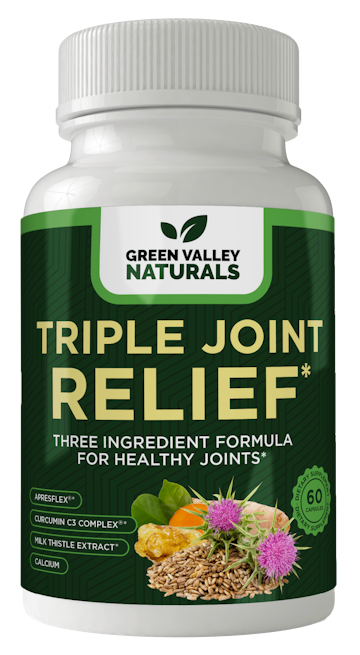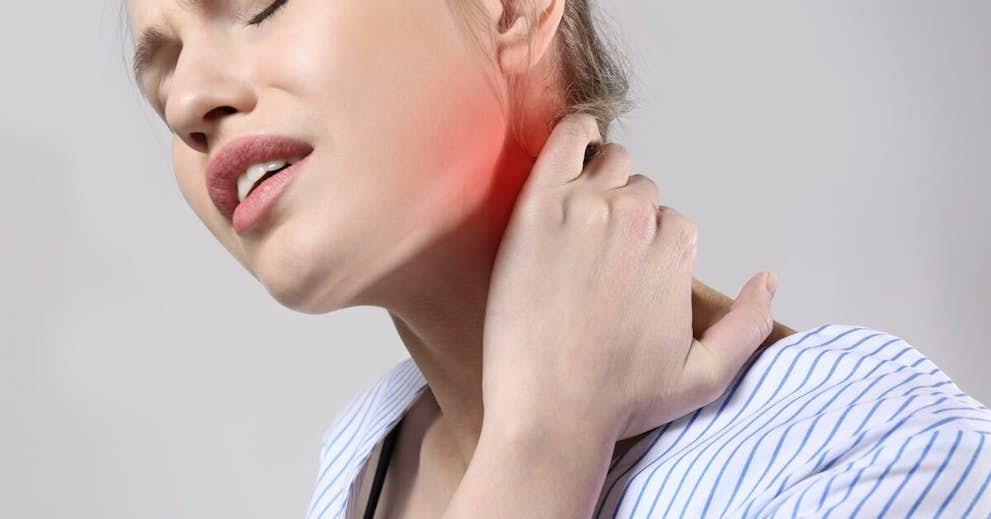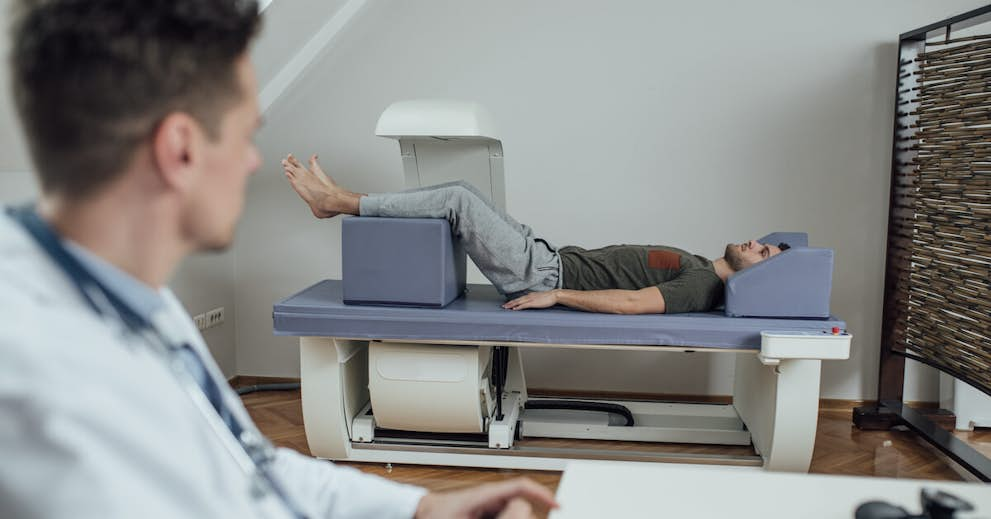
When it comes to medical devices used by conventional medicine, more expensive doesn’t always mean better. And this expensive bone scan that’s supposed to help doctors measure bone density and calculate your risk for osteoporosis costs far more than the traditional scan, yet the latest research suggests that it’s notoriously inaccurate and exposes you to more dangerous levels of radiation.
Here’s what you need to know…
In screening people for bone weakness, the traditional bone scan method that doctors have used to measure bone mineral density is called dual-energy x-ray absorptiometry (DXA).
DXA – also sometimes referred to as DEXA – is a specialized CT scan that measures the mineral content of bones in particular parts of the skeleton. Often, the scan takes measurements in the lower arm, spine, and hip. After your bone density is measured, your bone strength is ranked according to how it compares to the bone density of other people your age as well as to the density of younger people.
These scores are then used to calculate your risk for bone fractures and other bone-related difficulties. That data is supposed to be of use in deciding what kind of treatment you might need (or not need) to help strengthen your bones against fracture.
Why You Have a Choice in Bone Scans
DXA has been used to test bone mineral density since 1987 and is considered by experts to be the gold standard for estimating the risk of osteoporosis and bone fractures. Today, it is considered to be the best test by the World Health Organization.1
According to a review by medical researchers at the King's College London School of Medicine and Guy's Hospital, in London, the DXA tests are most reliable because of their “proven effectiveness at predicting fracture risk, proven effectiveness for targeting of anti-fracture treatment (and their) effectiveness at monitoring patients' response to treatment.”2
Despite this reliability, however, many doctors are now using a newer, less reliable bone scan.
This alternative scan, called quantitative computed tomography (QCT), is three times more expensive than the traditional bone scan. It also delivers up to 3,000 times more radiation than the DXA test.
Let that sink in for a minute – up to 3,000 times more radiation than the usual bone density scan!
And while it’s not clear why this less accurate type of scan is being used, some experts have their theories. One big factor seems to be recent changes in how much money doctors can charge for their scans.
According to an analysis by MedPage Today, the number of claims to Medicare for the QCT scans are growing every year. And when physicians apply to get reimbursed by Medicare for bone scans, they can collect three times as much money for a QCT scan than they can for DXA.3
False Positives For Severe Osteoporosis
Unfortunately, along with a massively higher dose of radiation conveyed by these scans, the QCT test also results in many more false measurements that seem to indicate people are suffering from serious cases of osteoporosis.
As Bart Clarke, M.D., a bone and mineral metabolism specialist at the Mayo Clinic, notes, when patients get QCT scans, “most often they're told you've got terrible osteoporosis and you've got to go on drugs. Well, they come here (to his clinic) because they don't want to go on drugs and we say, 'Okay, let's get a DXA to see.’”
The DXA scan, Dr. Clarke says, often shows that the QCT test was wrong, and folks’ bones aren’t as weak as they’ve been told.4
My Takeaway
The bottom line on all of this is that if you’re getting older, it’s probably a good idea to have a bone mineral density test to see how your bones are doing. Osteoporosis can be a dangerous, bone-weakening condition – leaving you vulnerable to life-threatening bone fractures and immobility problems.
But if you’re going to get scanned, insist on a DXA – unless your healthcare practitioner has a special, valid reason for ordering a QCT. That way, you’ll know your test results are more accurate and you’ll be getting a whole lot less radiation. For most of us, there’s seems to be no reason to get a QCT scan.



